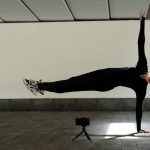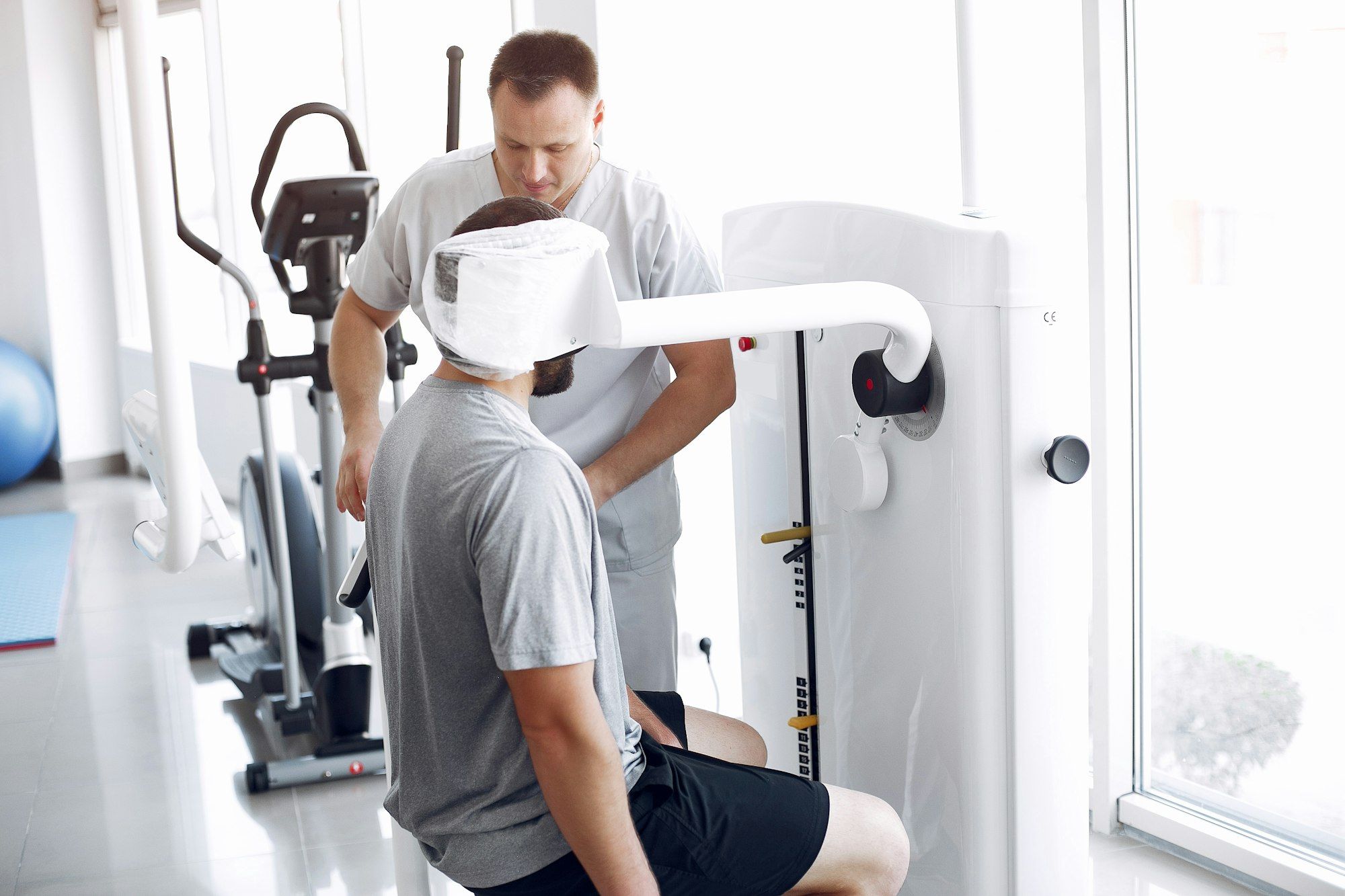Basketball players are known for their explosive performance on the court, which often places them at risk of injuries. In the UK, with an increasing number of athletes engaging in this sport, sports medicine experts are continually developing novel techniques to enhance athlete rehabilitation and reduce future injury risk. This article will delve into the latest approaches in sports physiotherapy, beneficial to UK basketball players.
The Impact of Sport Injuries on Athletes
Firstly, it’s essential to understand the impact of sports injuries on athletes. When you engage in high-intensity sports such as basketball, you expose your body to the possibility of injury. These injuries can drastically affect an athlete’s performance, causing both physical pain and psychological distress, and in severe cases, may even lead to premature retirement from sports.
Also to read : What are practical steps for UK basketball players to improve their passing accuracy?
Basketball injuries are often related to the joints, muscles, and ligaments – particularly those of the ankles, knees, and fingers. A study published in the Journal of Sports Medicine and Physical Fitness found that basketball is the sport with the highest injury rate, with ankle sprains and knee injuries being the most common. Therefore, effective rehabilitation techniques are crucial for recovery and prevent future incidences.
Advances in Rehabilitation Techniques
Sports physiotherapy has evolved significantly in recent years, offering innovative rehabilitation techniques that cater to the specific needs of athletes. The advent of new technologies and the growing body of research data have aided in this advancement.
Also read : What are the most innovative shooting drills that UK basketball coaches can introduce to their players?
For instance, blood flow restriction training has emerged as a novel approach to enhance muscle strength and size. This technique involves the application of a cuff to the injured limb during low-intensity exercise, thus restricting blood flow and inducing muscle growth. A study published in the Journal of Physical Therapy Science found this technique to effectively promote muscle hypertrophy and strength in athletes following an injury.
Incorporation of Massage Therapy in Athletic Rehabilitation
Another promising development in sports physiotherapy is the incorporation of massage therapy in athletic rehabilitation. Massage can aid in relieving muscle tension, reducing pain, and promoting relaxation – all of which are crucial for an athlete’s recovery process.
Research supports the efficacy of massage in sports rehabilitation. A study published in the Journal of Athletic Training, found that massage therapy significantly reduced delayed onset muscle soreness (DOMS) and perceived fatigue in athletes. With these benefits, massage plays an integral part in the comprehensive rehabilitation programs designed for athletes.
Utilising Virtual Reality in Sports Physiotherapy
Virtual reality (VR) is revolutionising many sectors, and sports medicine is no exception. This technology provides a safe and controlled environment for athletes to regain their strength, balance, and coordination following an injury.
In a study published in the Journal of Science and Medicine in Sport, VR was found to enhance the rehabilitation of ankle sprains – a common basketball injury. By simulating the sport environment, VR allows athletes to practice their sport-specific skills, thereby improving their performance once they return to the court.
Role of Data in Personalised Injury Intervention
Lastly, the use of data in devising personalised injury prevention and intervention strategies has become increasingly prominent. By analysing an athlete’s performance data, physiotherapists can identify patterns that may predispose them to injuries and prescribe appropriate preventive measures.
A study featured in the British Journal of Sports Medicine highlighted the potential of wearable technology in collecting athletes’ data. These devices can monitor various metrics such as heart rate, sleep patterns, and movement biomechanics, providing valuable insights to tailor the athletes’ training and rehabilitation programs.
In conclusion, there’s no one-size-fits-all approach to sports physiotherapy. The latest techniques, from blood flow restriction training and massage therapy to virtual reality and data-driven interventions, offer promising avenues for enhancing athlete rehabilitation. By staying abreast of these developments, athletes, coaches, and physiotherapists can work together to optimise performance and minimise injury risk.
The Power of Google Scholar in Researching Sports Physiotherapy Techniques
The importance of accessing the most recent and relevant research can’t be overstated in the field of sports physiotherapy. In order to ensure the most effective injury rehabilitation and prevention strategies, the latest data must be at therapist’s fingertips. This is where Google Scholar becomes an invaluable resource.
Google Scholar, an extensive database of scholarly articles and studies, allows professionals in sports med to stay updated with the latest research findings in their field. For instance, by entering relevant keywords such as "sports injuries," "injury rehabilitation," "lower limb," and "sports medicine" into the search bar, they can access a plethora of information, including full text articles and meta analysis studies related to their search.
A significant advantage of Google Scholar lies in its direct links to articles’ PubMed, PMC free article, and med doi, making it easier for professionals to access the full text of the articles. Furthermore, Google Scholar enables comparisons between studies, which is crucial in determining the best course of treatment for patients.
In conclusion, Google Scholar serves as an effective tool for sports physiotherapists, helping them stay up-to-date with the latest techniques in sports injuries and injury rehabilitation.
The Effectiveness of Sports Massage in Injury Rehabilitation
Sports massage has become an increasingly popular technique in treating sports injuries. Its efficacy in reducing muscle soreness, enhancing circulation, and promoting faster recovery has been backed by several scientific studies.
A meta-analysis published in the Journal of Sports Medicine and Physical Fitness highlighted the marked effects massage has on muscle soreness, especially delayed onset muscle soreness (DOMS). Athletes who received sports massage reported a significant reduction in muscle soreness and perceived fatigue compared to the control group.
Moreover, sports massage techniques are not only beneficial post-injury but also play a vital role in injury prevention. Studies have shown that regular sports massage can improve flexibility and aid in preventing injuries by detecting muscle imbalances and overuse before they become serious problems.
Furthermore, a study in PubMed supports the role of sports massage in enhancing athletes’ psychological well-being by promoting relaxation and stress-reduction, thereby contributing to an overall improved performance.
In summary, the effectiveness of sports massage in injury rehabilitation and prevention, supported by extensive research, makes it an integral part of sports physiotherapy.
Conclusion
The world of sports physiotherapy is continually evolving, with new techniques continually emerging to benefit athletes across all sports, including basketball. These advancements, from blood flow restriction training to sports massage and virtual reality, offer promising approaches to injury rehabilitation and prevention. The use of data in personalised injury intervention provides a unique opportunity to tailor treatment to each athlete, maximising results and minimising recovery time.
Continued research, accessed through tools like Google Scholar, ensures that physiotherapists are equipped with the most recent data and techniques. As the field continues to advance, it’s crucial for athletes, coaches, and physiotherapists to stay informed, working together to enhance performance and reduce injury risk. Through these collaborative efforts, we can ensure a promising future for sports physiotherapy, fulfilling its ultimate goal to keep athletes fit, healthy, and at the top of their game.











